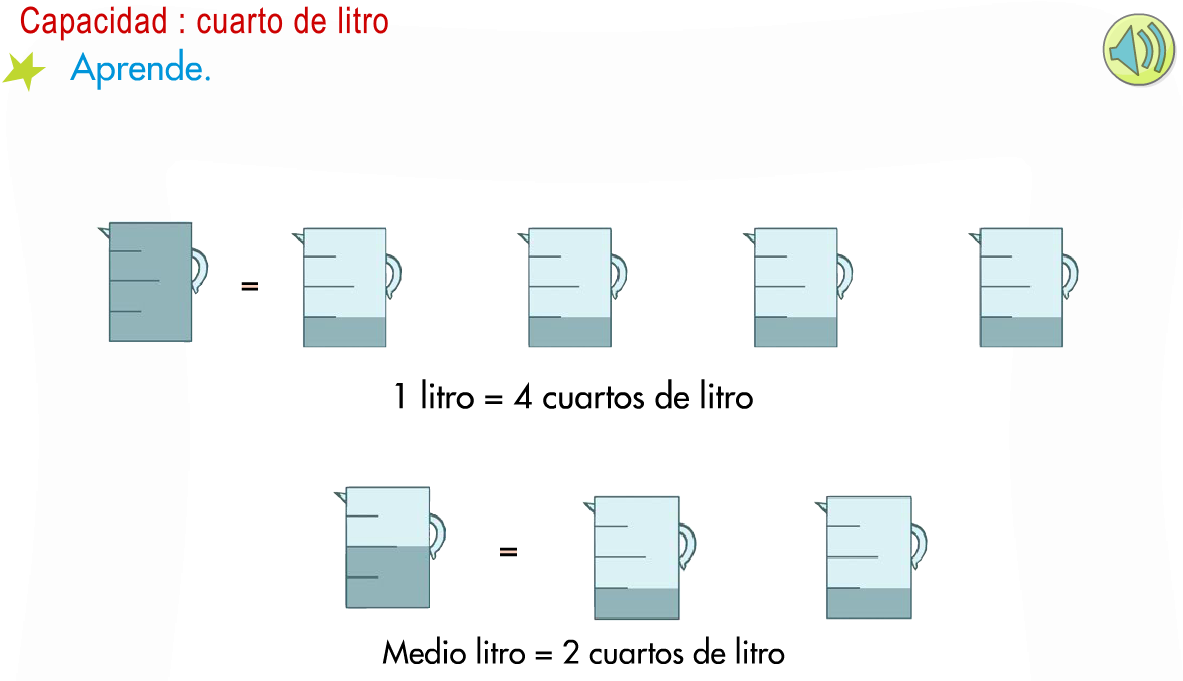

lo mismo se aplica en repostería obviamente.Įs por eso que he creado una tabla con las equivalencias de tazas a gramos para que os ayude en caso de que haya alguna receta que no lleva la equivalencia en gramos escritos. No es lo mismo 1 taza de rocas que 1 taza de plumas. Recordar que 1 taza de peso varía en cada ingrediente. Mis tazas y cucharas equivalen a lo siguiente:

Use the chart if you’re unsure of how much an ingredient weighs, or if you’re following a recipe that doesn’t offer weight measurements. The majority of my healthy recipes here on the blog include weight measurements in grams. That might be an extreme example, but as you’ll see once you download the chart, every ingredient has a sightly different density. If that’s confusing, think of it like this: 1 cup of rocks would not weigh the same as 1 cup of feathers. This is why I created a chart (see below) where you can see all the equivalences for most of the ingredients I use on my recipes. That’s because different ingredients have different densities. So, my measuring cups and spoons are equivalent to the following:ġ cup of every ingredient will NOT weight the same. Because one cup is one cup worldwide! You may find little variations in the grams or millilitres but its small and won’t spoil the recipe! In this post I am going to show you the ones I use, but you can easily find any brand out there that will work just fine. A serious baker may tell you that measuring by weight is the way to go, but measuring cups and spoons are the go-to method for most of us (myself included). Now don't get me wrong-there are still some of us that have family members with recipes that say "1 cup (yellow) of flour", and they know to use the "yellow cup." But truly more often than not, especially with my generation (20s) we look recipes up on the internet or in a cook book, and a "cup" does default to that 8 ounces.Pick up any cookbook from the shelf and flip to a random recipe and it's almost guaranteed that it measures something in cups, tablespoons, or teaspoons. They normally come with 1/4 tsp, 1/2 tsp, 1 tsp, 1 tbsp. The spoons (normally metal, but sometimes plastic) are often sold in sets that are connected with a ring.

I know that if I need 2 ounces of milk, I need to use the 1/4 tick mark. My tin cup has 1/3, 1/4, 1/2, 2/3, and 3/4 tick marks on the inside. Some sets also come with "2 cups" and "3 cups" and measurements like that (where each cup equals 8 liquid ounces, that are ticket off on the sides of the glass sets). I have an old tin one, but now most people by them in glass or plastic in sets that give you a 1/4, 1/2, 3/4 and full cup. Now I don't know about people in isolated areas, but I would personally be really surprised to find someone who didn't have at least an 8-ounce measuring cup, if not a series of measuring cups. Aunque si un médico leyere esto me gustaría tener resaltado que, para evitar intoxicaciones, debería de recetar usando como medida los mililitros y no las "cucharaditas."ġ/2 a cup = Poquito menos de media taza (118 ml.)ġ/2 a teaspoon = Media cucharadita (2.5 ml.) No voy a decir que todos los fabricantes de cucharillas siguen un estándar, pero, generalmente, las cucharaditas aquí son iguales a las teaspoons usadas en Norteamérica. In the United States one teaspoon is approximately 5 mL. Si la receta es norteamericana, media taza sería 118 ml. In the United States a customary cup is defined as half a U.S. In Australia, Canada, New Zealand and South Africa and Lebanon one cup is commonly defined as 250 millilitres (half a cup would be 125 mL.)


 0 kommentar(er)
0 kommentar(er)
